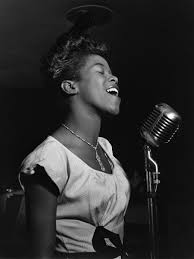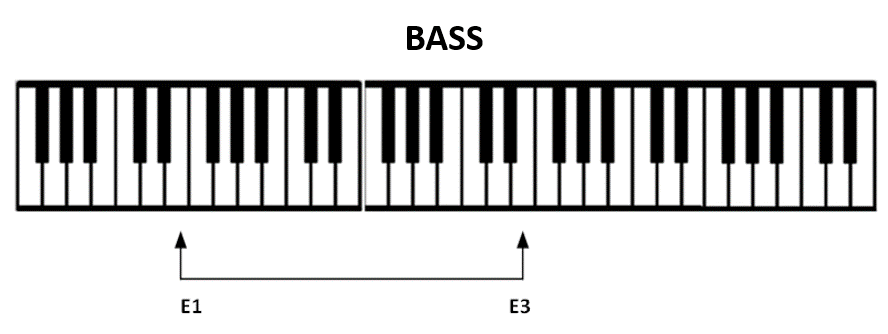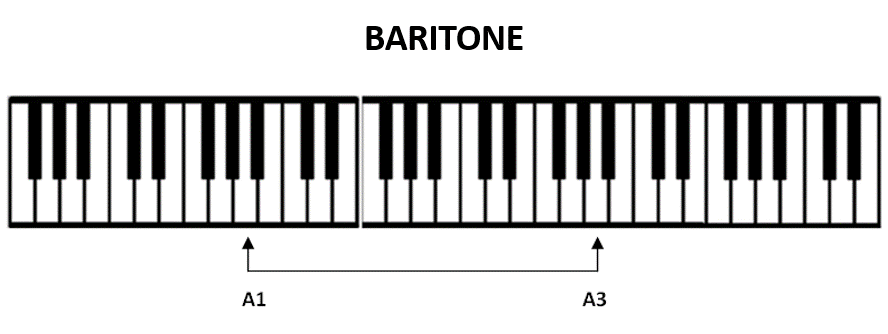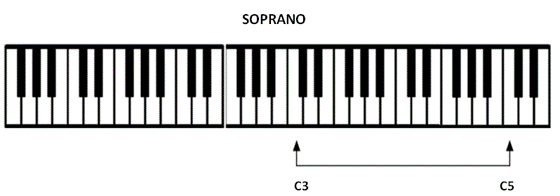
When we sing, we can classify voices in different categories, according to the range of notes that we manage to make, which means the range we can utter, from lowest to highest pitch. This range of notes that we can sing can be called the vocal classification, or vocal range.
Each person has a vocal range, and this depends on factors such as the size of the larynx and the vocal cords (smaller larynges and vocal folds issue notes of higher pitch, while larger larynges and vocal folds produce notes of lower pitch).
However, there is no need to worry. There is no need to measure the size of your larynx in order to determine your vocal range. You just need to have a simple test to see where your voice fits in.
There are six basic vocal classifications that have traditionally been divided into male and female voices:
- Male vocal classifications: Tenor (higher-pitched voice), Baritone (voice between Tenor and Bass) and Bass (lower-pitched voice).
- Female vocal classifications: Soprano (higher-pitched voice), Mezzo-soprano (mezzo means half, so this is the voice between soprano and contralto) and Contralto (lower-pitched voice).
Note: There are also other intermediate classifications, such as 1st tenor, 2nd tenor and so on, but these six classifications as mentioned are the most common and the most basic. It is already possible to know your vocal range with good precision by considering these 6 categories.
We can classify voices within the categories through tests using a musical instrument to help us. The instrument recommended for these tests is a keyboard or a piano. The size of the keyboard does not matter. If you get the central do of this keyboard (which is the do located right in the middle of the keyboard), this shall be C3 (do 3). If you do not know the names of the notes on this instrument, then refer to this article. The number means the octave used. If we want to play the do one octave below C3, then this shall be C2, and so on. In the same way, one octave above C3 we have C4. This logic is valid for all notes.
Note: The US notation uses C4 as the central do. In this case, we shall be using C3, meaning that the first octave is that of C0 and not C1 as in the US system.
If you have found C3, the next white key will be D3, then E3 and so on.
One of the tests that can be done here is that of playing the notes of the piano and, at the same time, singing these notes that are being played (for example, by making the sound of the letter “U”). The logic of the test is the following: the region where you feel most comfortable when you sing, meaning that you do not feel you have made much effort and your voice has not choked or failed, and the veins in your neck are not visible, is the region where your voice lies.
In other words, a vocal range shall be defined as the interval where you can sing without any difficulties. For example, if you manage to imitate or reproduce the same sounds of the notes from A1 to A3 without any difficulty, this means that your vocal range is baritone.
So take a look at the figures with the region of each vocal range:



FEMALE VOICES:



Looking at the vocal range of famous singers, we can mention some examples:
Male Voices:
- Bass: Barry White
- Baritone: Anderson Freire
- Tenor: Luan Santana
Female Voices:
- Contralto: Ivete Sangalo
- Mezzo-soprano: Christina Aguilera
- Soprano: Mariah Carey
To check out the vocal range of many famous singers, please refer to this infographic. Please note that the notation used in this infographic is the US system, so consider central do as being C4.
But, after all, how can I be sure about my vocal range?
Even though such characteristics as timbre, body structure and vocal tessiture (the range of notes that we can sing with quality and without effort) should be considered, the analysis of the vocal range is the characteristic that is most used for the classification of a voice.
It is also important to know that, sometimes, a voice can fit in more than one classification, meaning that we can manage to sing notes in more than one range. In these cases, the most appropriate vocal range is the region where the singer feels most at ease when he or she produces the notes.
